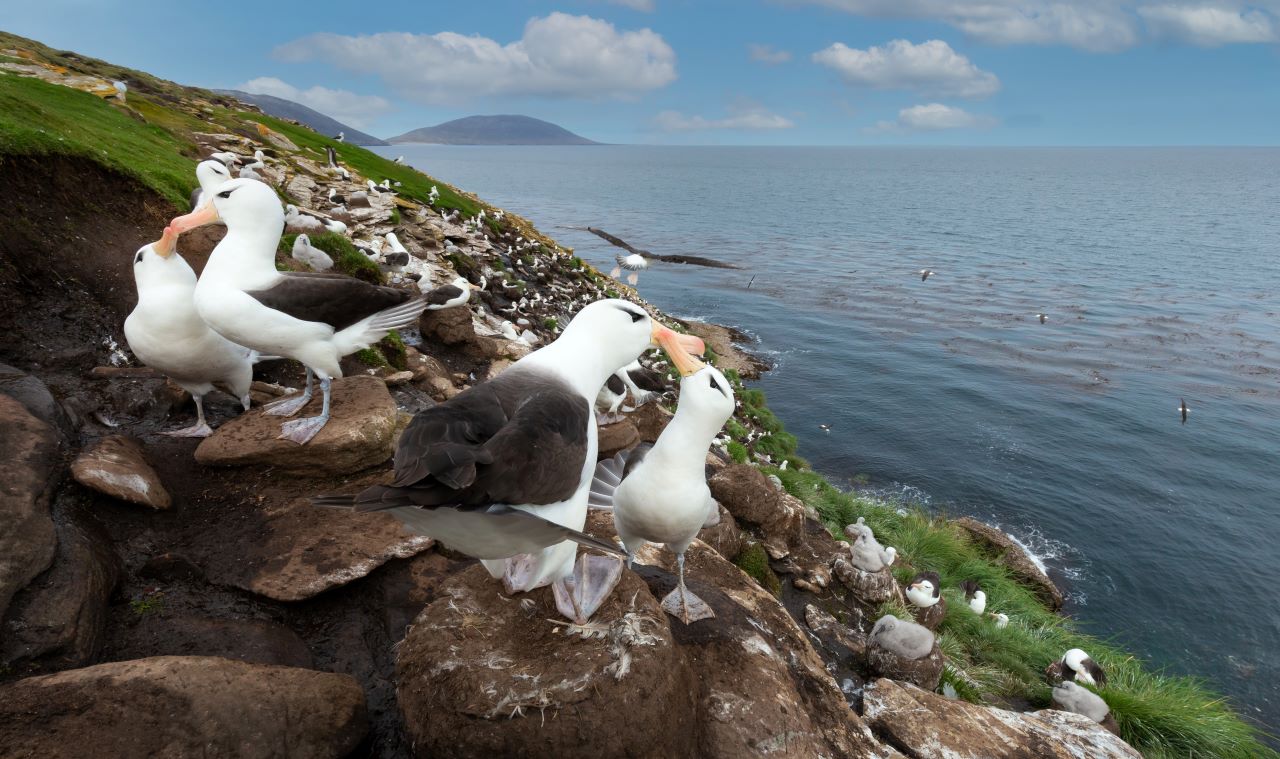On October 21, delegates from the 196 Parties to the United Nations Convention on Biological Diversity (CBD) will gather in Cali, Colombia to review progress in implementing the Kunming-Montreal Global Biodiversity Framework, nearly two years after its adoption. The upcoming COP 16 meetings will aim to accelerate efforts to achieve this blueprint for peace with nature, which includes targets to halt and reverse biodiversity loss over the next decade and beyond. One of the topics under discussion at the meetings will be the interlinkages between biodiversity and health, with members set to adopt the draft Global Action Plan on Biodiversity and Health. This has been an issue of growing interest, particularly in the aftermath of the COVID-19 pandemic.

Ecosystems rich in biodiversity help sustain life. They provide a wide array of vital health services including the air we breathe, the water we drink, and the food we eat. However, biodiversity is declining at an unprecedented rate, endangering species and increasing the threat of disease outbreaks. Invasive alien species are one of the five main drivers of this decline and have played a key role in 60% of global plant and animal extinctions. Invasive alien species are also responsible for the spread of arboviruses, such as dengue fever, which has seen a sharp increase in recent years, with more than 13 million cases reported worldwide since January 2024.
Biodiversity loss is also linked to the spread of infectious diseases including vector-borne diseases. As species diversity declines and ecosystems are degraded, the complex balance of ecosystems can be compromised, making them more vulnerable to threats, and potentially creating opportunities for disease outbreaks and poor health outcomes in both humans and animals.
Climate change threatens to intensify these challenges. Warming temperatures and changing weather patterns could for example allow some species to expand their range and result in the establishment of new invasive species in previously unaffected regions. One example is the Anopheles stephensi mosquito, a primary malaria vector from South Asia and the Arabian Peninsula, whose recent spread in Africa poses a new challenge for the fight against malaria, potentially placing millions of people at risk.

Seabird populations, such as albatrosses, are threatened by invasive mice on islands.
The current biodiversity and health crises call for comprehensive solutions that can protect and promote the health of all species and their shared environments. Holistic strategies, such as the One Health approach – which aims to sustainably balance and optimize the health of people, animals and ecosystems – are crucial.
In this context, synthetic biology applications, such as gene drive technologies, could offer hope. These technologies have, for example, been proposed as a potential tool to help eradicate invasive rodents, which are a leading cause of extinction and biodiversity loss on islands. They could help address the drawbacks and limitations of current tools designed to this purpose by providing a scalable and cost-effective solution to control invasive rat populations. Gene drive technologies are also being explored as a new complementary tool to reduce the burden of vector-borne diseases, such as malaria or dengue. With efforts to control these diseases facing a number of growing challenges, including increasing resistance to current interventions – which primarily rely on insecticides – and the impact of extreme climatic events, it is vital that new approaches are added to the existing toolbox.
Synthetic biology and its applications, including gene drive technologies, will be a topic of discussion in Cali, where it will be essential to consider their potential risks and benefits alongside the reality of ongoing challenges to biodiversity and health. Innovative approaches are needed if we are to meet the goals and targets of the Kunming-Montreal Global Biodiversity Framework and ultimately achieve our vision of making “peace with nature”.
